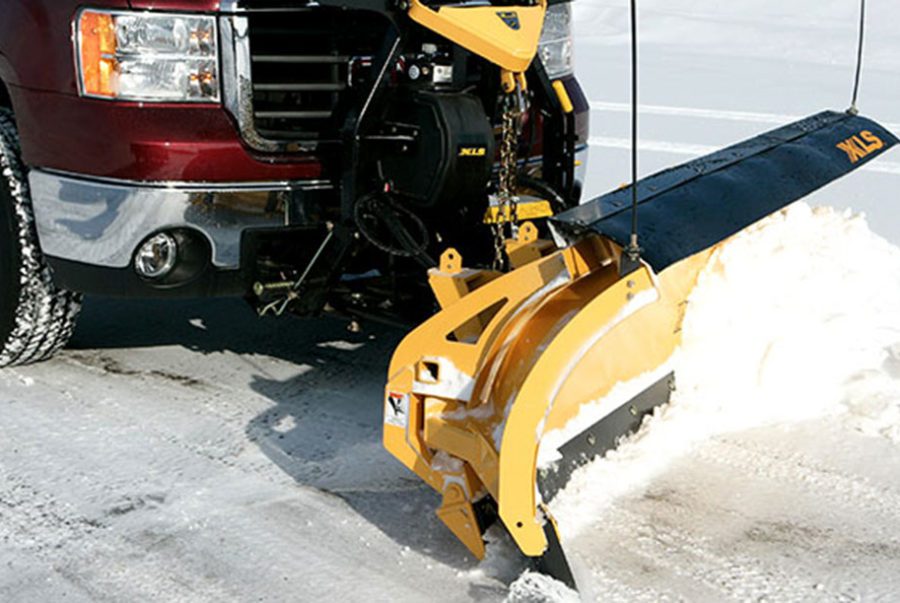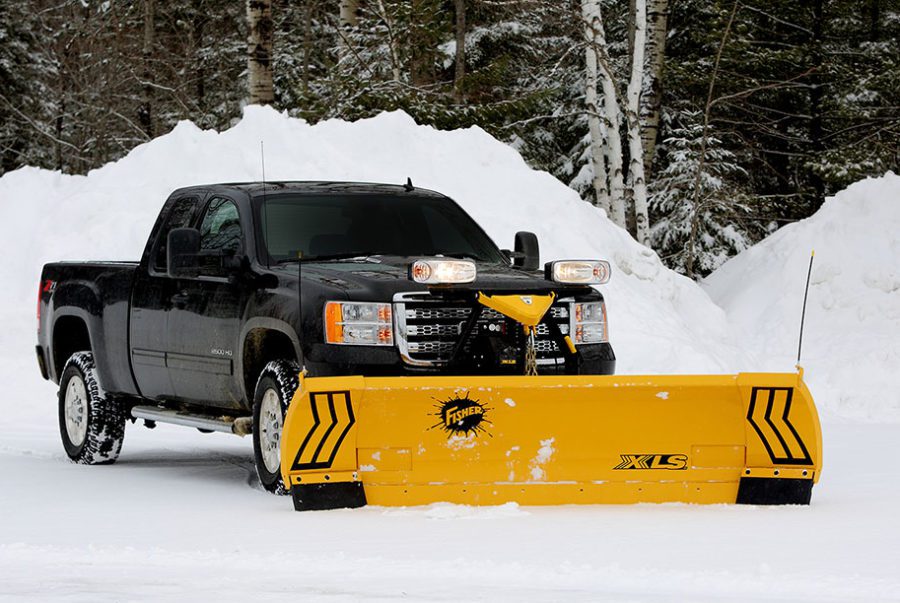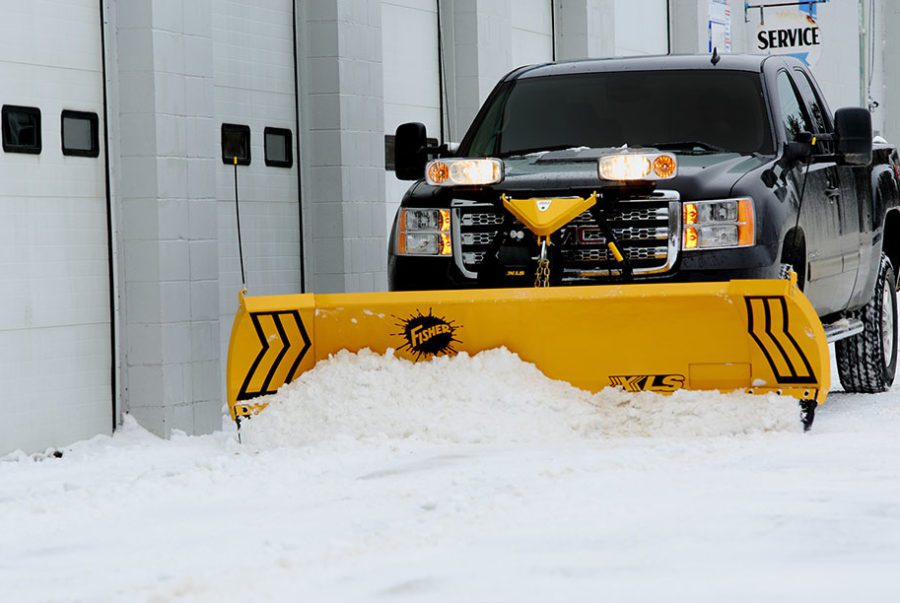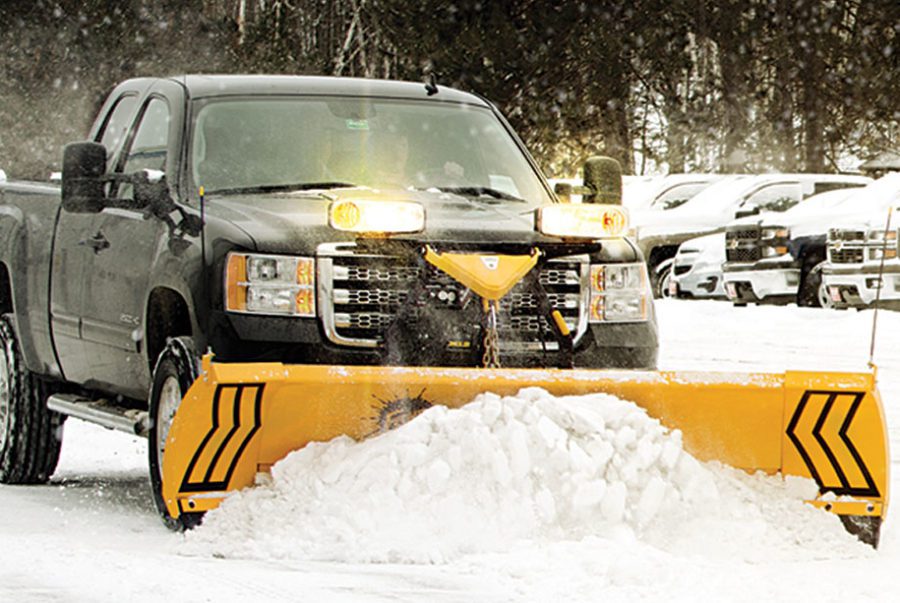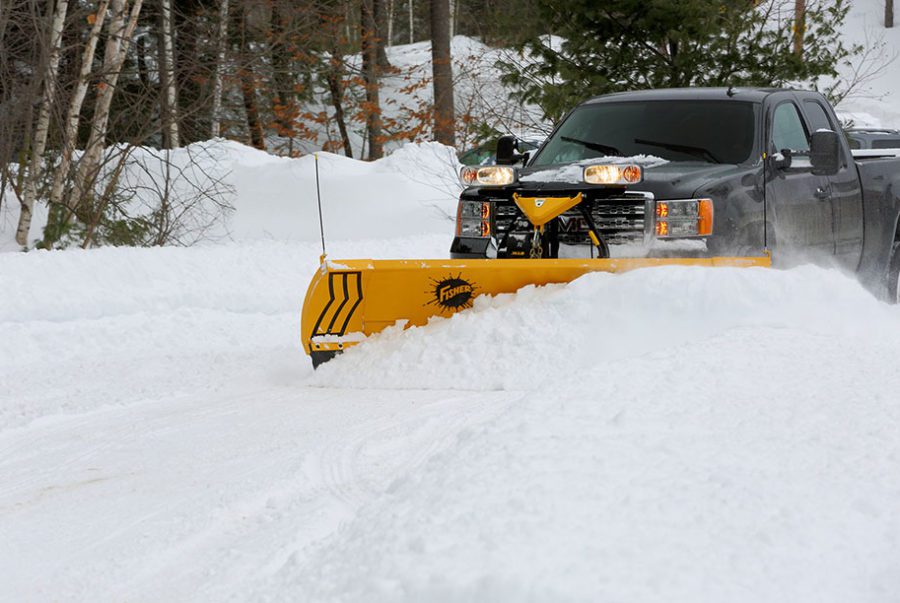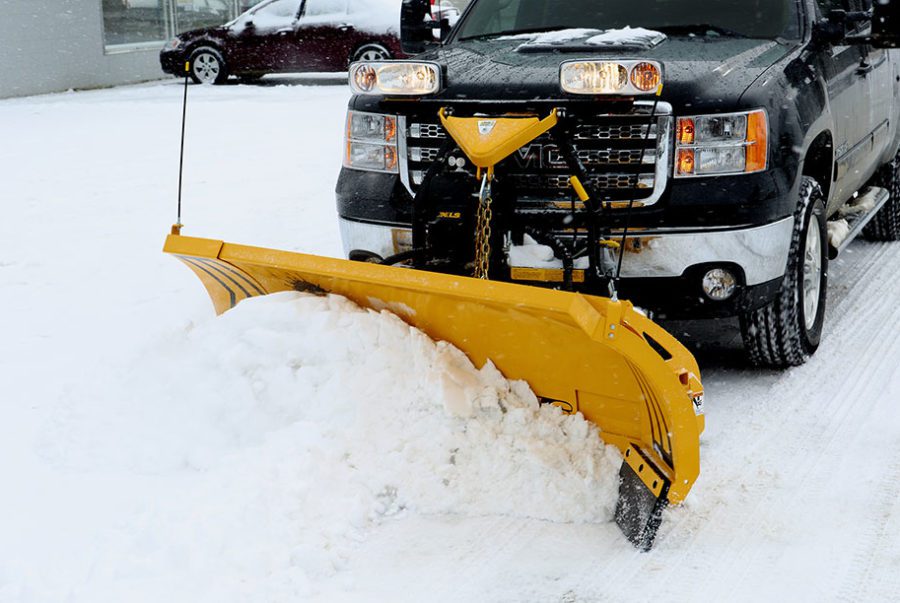
Fisher Snowplow XLS
Change the way you plow snow, and take your business to the next level of profitability, with the Fisher Snowplow – XLS™ Expandable Length Snow Plow. With the ability to expand from 8’ to 10’ wide, and then angle the wings to an 8’ 10”. scoop, or the ultimate windrowing configuration, you can be up to 30% more efficient.
Features
- Go from 8’ straight to 10’ straight to 9’scoop!
- The Fisher Snowplow XLS wings operate independently, so you can configure the blade into any number of effective positions.
- The Fisher Snowplow XLS can fully angle in the scoop position, maximizing your plow handling and capacity while more effectively maneuvering around obstacles or turning corners.
- The hydraulic wing extensions “slide” laterally across the structurally reinforced slide box. The tough construction of this channel provides excellent tensional blade strength and prevents distortion under heavy loads.
- The Fisher Snowplow XLS blade also features six full vertical ribs and a full rib on each wing for added strength.
- Unlike other expandable plows on the market, the XLS uses the trip-edge design. Found on all Fisher plows, the trip-edge protects you, your plow and your vehicle from the sudden impact of hidden obstacles. If an obstruction is encountered while plowing, only the bottom edge of the plow will trip.
- Fisher’s trip-edge uses compression type springs. Unlike extension springs used on other plows, compression springs never need adjusting. They won’t stretch like other springs can, and they provide the longest life of any other spring on the market
- With the trip-edge design, you can stack easily, without worrying about the blade tripping, and slowing you down.
- Durable polyurethane wing cutting edges reduce wear and protect the blade – allowing it to trip in any position.
- The Fisher Snowplow XLS comes with a full base angle design (verses a partial base angle). A full base angle increases the life of the blade, and at a 70° attach angle, the Fisher Snowplow XLS provides a cleaner scrape and more efficient back dragging, reducing the need for deicing after plowing.


